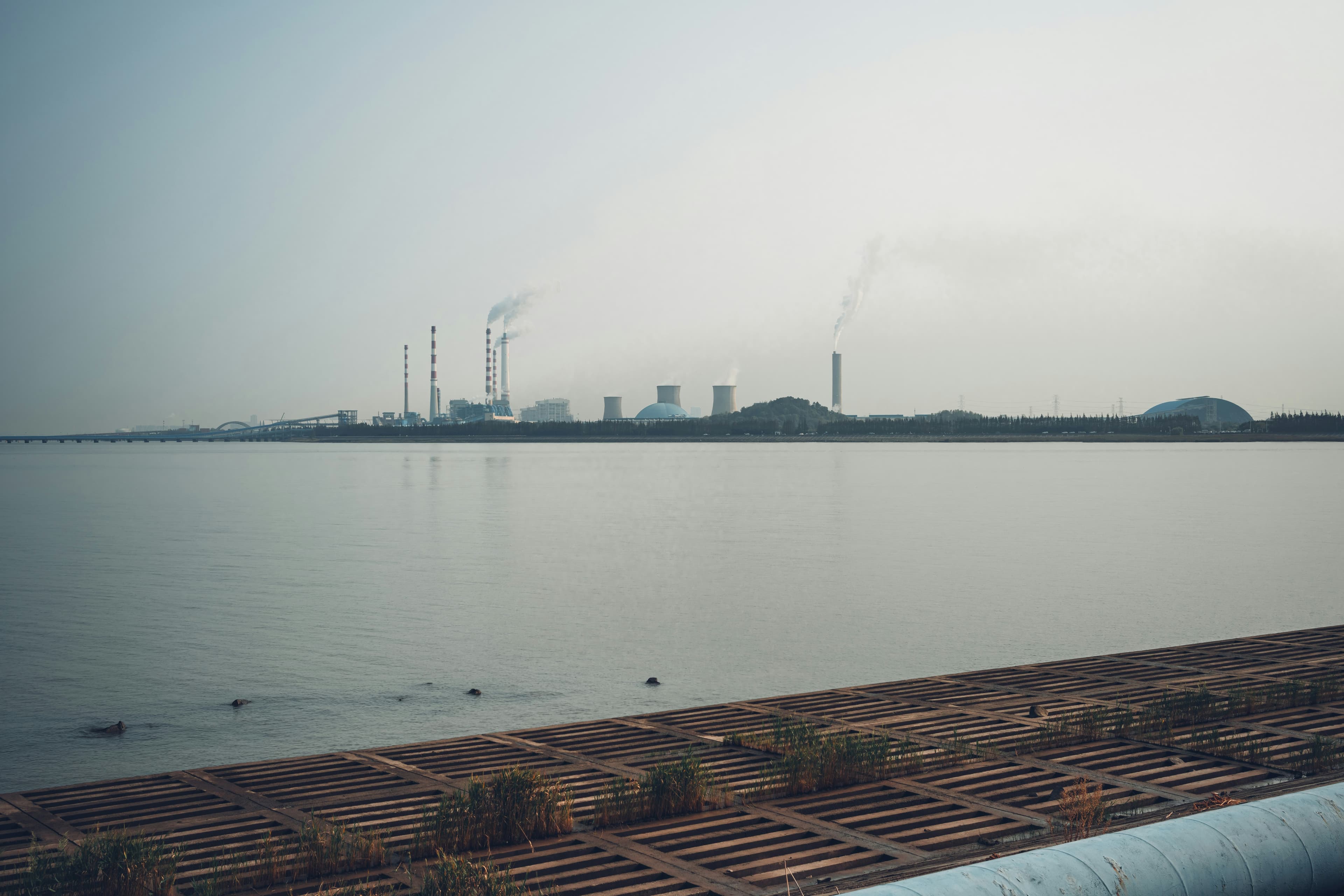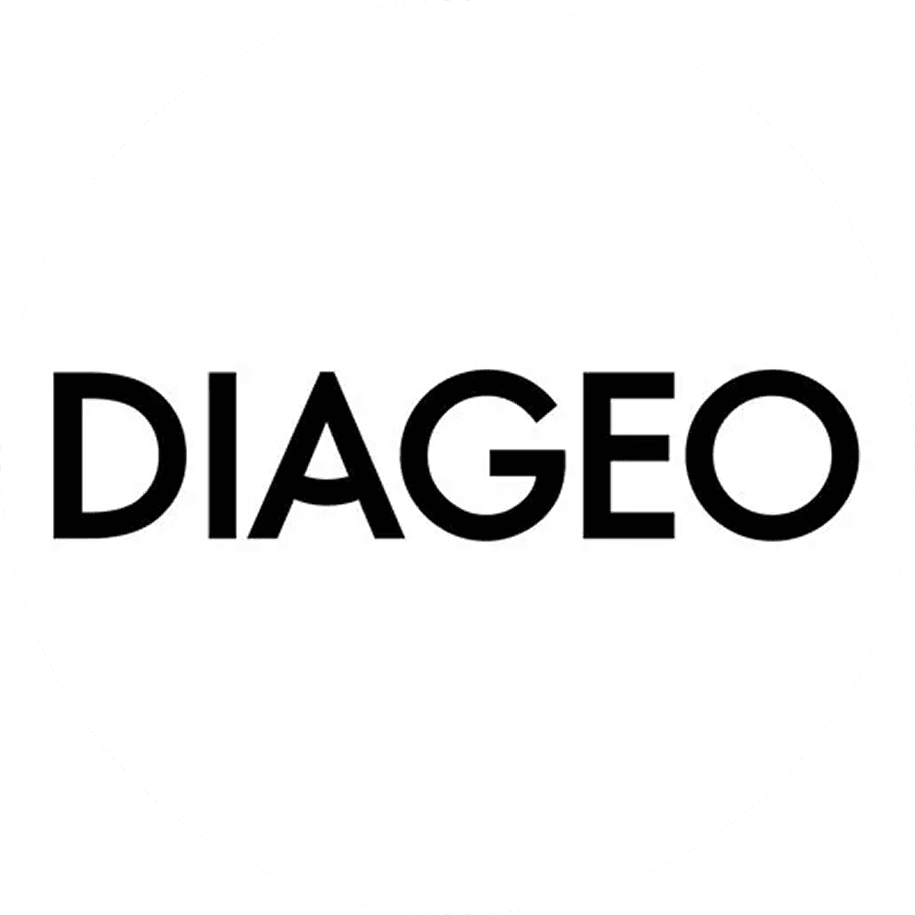
Expand water access through sustainable facilities
 Diageo
DiageoSummary
Building a sustainable cachaça operation by reducing energy and water use and restoring water access and security, enabling safe access to water and education across communities.
Context
Diageo Brazil aims to make a positive difference to society and consumers, and to act responsibly in its use of natural resources.
As a company, Diageo is committed to doing business the right way across all operations. Its impact goes beyond its brands. Through a wide range of ESG initiatives, part of Diageo’s global action plan Spirit of Progress, the business champions diversity, inclusion, responsible alcohol consumption, and sustainable production from grain to glass.
In Brazil, Diageo offers a diverse portfolio of more than 30 labels and employs over 800 people across offices in São Paulo (SP) and Itaitinga (CE), as well as five distribution centres located in Itaitinga, Cabo de Santo Agostinho (PE), Extrema (MG), Jundiaí (SP), and Itajaí (SC), in addition to commercial teams spread throughout the country.
The Ypióca cachaça brand, a Brazilian product in the portfolio, was acquired by Diageo in 2012 and its production is based in the state of Ceará, a region with a semi-arid climate, characterized by high temperatures, low rainfall, and long dry periods. As a result, much of the area is considered under water stress.
Because of these conditions, the Ypióca operation faced key challenges in its decarbonisation process and in seeking maximum water-use efficiency. These challenges included heat-intensive processes such as bottle washing and boiler operations, internal logistics reliant on fossil fuels, and dependence on grid electricity.
Location of the initiative (region, country, city): Northeast Brazil — Itaitinga (Ceará) and nearby communities located in the RMF basin (the same as Ypióca operation).
Solution
Located in a water-stressed region, Diageo Brazil has strategically invested to address operational challenges while advancing the company’s Grain-to-Glass sustainability pillar under the global Spirit of Progress action plan.
In March 2023, Diageo inaugurated a new industrial complex in Itaitinga (Ceará), covering 90,000 m² and integrating production and distribution. The project required approximately R$250 million in investment and was designed around two key levers:
Environmental Efficiency & Decarbonization
100% electrified internal logistics (lithium-battery equipment powered by solar, replacing LPG).
100% renewable electricity, achieving zero market-based Scope 2 emissions.
Optimized lighting: natural warehouse lighting + 100% LED.
Boilers converted to biomethane, replacing biomass and reducing local emissions.
60% reduction in water use in bottle-washing systems.
Effluent treatment and water reuse loops.
Sustained track record: 8+ years Zero Landfill and 8+ years without lost-time accidents (LTA).
Water Stewardship – Águas Project
In line with Diageo’s global commitment to replenish more water than used in operations in water-stressed areas, Diageo Brazil launched the Águas Project in 2022.
To date, the program has benefited 3,700+ people across seven communities, ensuring reliable access to safe, treated drinking water directly to households.
Multi-year interventions deliver 31,082 m³/year replenishment back to communities and ecosystems (FY22–FY26 target already achieved in FY25).
Beyond infrastructure, the project integrates education and awareness on natural resource management, reinforcing long-term community resilience.
Strategic Impact
Strengthens license to operate in a critical water-stressed region.
Demonstrates leadership in sustainable industrial practices in Brazil.
Builds shared value by combining operational efficiency, reduced environmental footprint, and social impact.
Positions Diageo as a reference case for climate resilience and community partnerships in Latin America.
Impact
Sustainability impact
Climate
Scope 1: The initiative delivered an estimated 35% reduction in direct emissions compared to the former facility baseline (FY20). This was achieved through electrification of internal logistics and conversion of boilers to biomethane.
Scope 2: The site now operates on 100% renewable electricity, representing a 100% reduction of market-based Scope 2 emissions versus the grid baseline.
Scope 3: Investments in high-efficiency equipment (e.g., bottle washers, LED systems, lithium-battery fleets) are expected to lower lifecycle emissions over their operational lifetime. While reductions are not directly measurable, these represent enabling impacts that improve efficiency and extend useful life compared to conventional alternatives.
GHG impact statement: The combined actions eliminate market-based Scope 2 emissions and cut Scope 1 emissions by more than a third relative to the old facility, with additional enabling reductions in Scope 3 through efficiency-focused capital goods.
Nature
The facility achieved a 35% overall reduction in water use compared to the former site (FY20 baseline). One key contributor is the new bottle-washing system, which uses 60% less water than the previous model. This is complemented by reuse and recirculation of treated effluent.
Through the replenishment program, the site returns 31,082 m³ of water annually, equivalent to over 150% of the volume consumed on-site. This means the operation replenishes more water to the basin than it withdraws, strengthening water security, quality, and ecosystem resilience in semi-arid areas.
Social
Safe water access: Over 3,700 people in 7 communities now benefit from safe drinking water, combined with education and awareness on responsible natural resource use.
Business impact
Benefits
Operational resilience: Reduced exposure to water scarcity risks in a semi-arid region, ensuring continuity of production.
Efficiency gains: Electrified logistics, LED lighting, and optimized processes lower energy, fuel, and maintenance costs.
Costs
Capital expenditure: Approximately R$ 250 million invested in the industrial park to embed efficiency, renewable energy, and water systems. Multi-year investments in social and water programs.
Operating expenditure: Net reduction expected due to lower consumption of water and energy, combined with lower maintenance from electric equipment and LED systems.
Dependencies: Availability of biomethane and renewable electricity, supplier capacity, and local infrastructure.
Optimization strategies: Phased capex deployment, collective action with local companies to scale replenishment programs, and use of power purchase agreements (PPAs) and green tariffs to further minimise costs.
Implementation
Typical business profile
This initiative is most relevant for food and beverage manufacturers with water- and heat-intensive processes, sites located in water-stressed regions, and facilities with significant in-plant logistics operations. It is also applicable for companies at an intermediate to advanced stage of their Net Zero and Nature Positive journey.
Approach
Establish baseline for energy, water, and logistics (measure and map critical processes).
Design and construct a new facility with sustainability and efficiency as core criteria.
Water: Optimize processes and deploy new technologies to reduce consumption.
Energy: Plan renewable sourcing and migrate to the free electricity market to secure 100% renewable supply.
Replenishment: Identify target communities and set annual replenishment volumes (m³/year).
Develop social programs aligned with business operations (inclusive supply chains, vocational training).
Ensure communication and governance with local authorities, NGOs, and communities.
Stakeholders involved
Project leads: Operations Brazil; ESG & Corporate Relations Brazil.
Company functions: Operations/Engineering, HSE, Procurement, Legal, Finance, Corporate Relations/Communications.
Main providers: Suppliers of high-efficiency equipment, renewable energy solutions, biomethane, and logistics services.
Other stakeholders: Municipal authorities, community associations, educational institutions, artisan cooperatives (carnauba straw), and local supply chain partners.
Key parameters to consider
Maturity: Established technologies including LED systems, PPAs, lithium-battery logistics, and water reuse practices.
Timeline: Facility inaugurated in 2022; replenishment goal for FY22–FY26 exceeded in FY25, with additional targets set through 2030.
Lifetime: 10–20 years for lighting and equipment; 5–10 years for batteries and auxiliary systems.
Pre-requisites: Access to biomethane supply, qualified suppliers and maintenance services, and compliance with local environmental requirements.
Regulation: Effluent discharge permits, electrical standards, and alignment with enabling regulations; local green incentives may apply.
Implementation and operations tips
Anticipate permitting requirements early and secure contracts to avoid delays.
Co-design water projects with local authorities and establish clear community governance models.
Ensure robust and reliable measurement and verification of energy, water, and emissions data.